
Lamps vs. Overhead Lighting in Bedrooms: 10 Key Questions Answered for Maximum Comfort
Share
📌 Table of Contents
- Why is bedroom lighting so important for comfort and sleep quality?
- What are the main differences between lamps and overhead lighting in function and design?
- Which type of lighting is better for creating a cozy and relaxing bedroom atmosphere?
- Can lamps or overhead lights better support nighttime reading and daily routines?
- How do lighting choices impact energy efficiency and long-term costs?
- What lighting option is easier to install, maintain, and adjust?
- How do lamps and ceiling lights affect the overall look and style of a bedroom?
- Is it better to use lamps, overhead lights, or a combination of both?
- What common lighting mistakes should I avoid when designing a bedroom?
- How do I choose the right bedroom lighting setup for my specific needs and space size?
- Frequently Asked Questions (FAQs)
- Conclusion: Final Thoughts on Lamps vs. Overhead Lighting
1. Why is bedroom lighting so important for comfort and sleep quality?
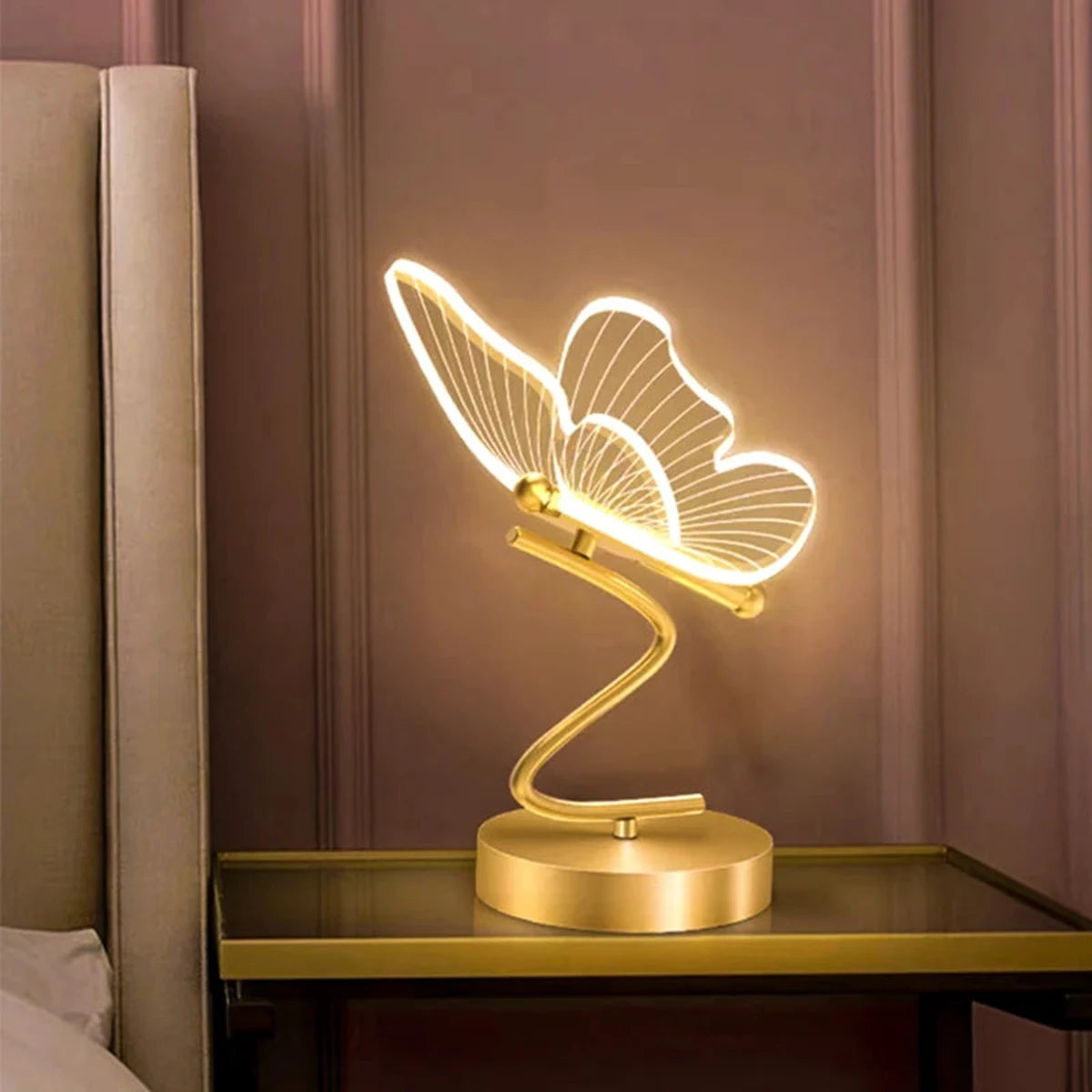
Nordic Style Golden Butterfly LED Table Lamps for Bedroom Bedside Lighting with Warm Light
Lighting doesn’t just illuminate your space—it shapes how you feel in it. According to a 2023 report by the Lighting Research Center, exposure to bright, overhead lighting before bed can delay melatonin production by up to 90 minutes, significantly affecting sleep onset and quality.
Lamps, on the other hand, usually offer warmer and lower-intensity light, which is closer to natural sunset lighting—ideal for winding down. A user on Reddit's r/InteriorDesign said:
“Switching from a harsh ceiling light to two bedside lamps made my room feel like a spa—way calmer before bed.”
This anecdote reflects what sleep specialists also recommend: layered and adjustable lighting helps the brain transition into sleep mode more effectively than single-source, ceiling-mounted lights.
2. What are the main differences between lamps and overhead lighting in function and design?
The choice between lamps and overhead lighting often comes down to purpose, placement, and personal taste. Here’s a breakdown of how they compare:
| Feature | Lamps | Overhead Lighting |
|---|---|---|
| Functionality | Task-oriented (reading, ambiance) | General room illumination |
| Mobility | Portable, adjustable | Fixed position |
| Control | Easy to turn on/off, often localized | Central switch, harder to customize |
| Design Flexibility | Diverse styles for specific decor zones | Uniform but less personalized |
| Installation | Simple, no electrician needed | Requires ceiling fitting and sometimes wiring |
Interior designer Maria Lopez of Ambient Spaces Studio told us in a client case study:
“We always encourage layered lighting. Start with an overhead base, then personalize with lamps to bring the space to life.”
3. Which type of lighting is better for creating a cozy and relaxing bedroom atmosphere?
When it comes to atmosphere, lamps tend to be the undisputed winners. Why? It all comes down to color temperature and placement. Lamps are typically designed to emit a soft glow—around 2700K, which falls in the “warm light” spectrum. This mimics dusk, ideal for relaxation.
In contrast, overhead fixtures—especially when using cool white or daylight bulbs (4000K–6500K)—can feel clinical or overly bright.
Many users on Houzz forums note the difference:
“We replaced our bright overhead with warm Edison-bulb table lamps. Total game changer. The room feels like a cozy den now.”
Additionally, dimmable lamps or smart bulbs give you real-time control over ambiance. This customization is key in transforming a bedroom from just a “sleeping place” into a personal sanctuary.
4. Can lamps or overhead lights better support nighttime reading and daily routines?
If you're a bedtime reader or use your bedroom for more than just sleeping, task lighting becomes crucial. Lamps excel in this area—especially when placed at the right height (typically 24–28 inches on a bedside table) and fitted with a directional shade.
Conversely, overhead lights often cast shadows or create glare, making them less than ideal for focused tasks like reading or journaling.
💬 User Feedback from Amazon Reviews:
“This touch lamp lets me tap it on low brightness for winding down, then up to high for reading—it’s perfect for my nightly routine.”
Some smart lighting setups combine the two: overhead lights with adjustable brightness and lamps with color-changing features to match the time of day and activity.
5. How do lighting choices impact energy efficiency and long-term costs?
Energy usage may not be your first concern when shopping for lights, but it matters in the long run—especially with growing awareness around sustainable living.
According to the U.S. Department of Energy, LED lamps consume at least 75% less energy and last 25x longer than incandescent bulbs. Most table lamps now come LED-ready, offering long-term savings.
💡 Cost Efficiency Comparison
| Lighting Type | Avg. Wattage (LED) | Lifespan (Hours) | Monthly Cost (Est.) |
|---|---|---|---|
| Table Lamp (x2) | 9W per lamp | 25,000+ | ~$0.50 |
| Overhead Fixture | 15W–30W | 15,000–20,000 | ~$1.20 |
✅ Pro Tip: Use smart plugs with lamps to automate power-saving schedules.
6. What lighting option is easier to install, maintain, and adjust?
When it comes to ease of use, lamps are the clear winner. Most require nothing more than a plug socket and the right spot on a table or floor. Overhead lighting, in contrast, often needs:
- Electrical installation
- Professional setup (for chandeliers, ceiling fans with lights, or recessed fixtures)
- Drywall cutting or rewiring in older homes
🔧 Real User Story from Facebook Home Decor Group:
“I wanted a chandelier in the master bedroom but gave up after learning the ceiling had no junction box. Ended up getting a dimmable arc floor lamp—same drama-free ambiance!”
Maintenance is also easier with lamps. Replacing bulbs or adjusting the shade angle is quick. Overhead fixtures may require ladders, especially in rooms with high ceilings.
7. How do lamps and ceiling lights affect the overall look and style of a bedroom?
Lighting isn’t just functional—it’s decorative art. Lamps allow you to inject personality through shapes, textures, and shades. Think:
- Mid-century ceramic bases
- Rustic wood stands
- Modern glass or metallic finishes
Ceiling lights, while more centralized and minimal, can create bold statements when selected thoughtfully. Pendant lights and chandeliers add elegance, but they’re not easily swapped out if your style changes.
🏠 Designer Insight – Clara Ren, Lighting Consultant at LUX Interiors:
“The style flexibility that lamps offer makes them ideal for renters or those who refresh décor seasonally. They're both art and function.”
UGC Tip: On Pinterest, “boho bedside lamps” has over 200K monthly searches, indicating strong aesthetic interest in lamps.
8. Is it better to use lamps, overhead lights, or a combination of both?
For most bedrooms, a hybrid approach—also called layered lighting—is the gold standard. Here’s how to balance both:
- Use overhead lighting for broad visibility during cleaning or dressing.
- Use lamps for ambiance, reading, and nighttime wind-downs.
- Add accent lighting (like LED strips or sconces) for a luxury hotel feel.
📊 Community Poll on Quora's "Smart Home Living" space:
Question: What’s your ideal bedroom lighting setup?
- Lamps only – 27%
- Overhead only – 12%
- Combination – 61%
This reflects the evolving design consensus: one light source isn’t enough. Smart homes now often include automated routines switching from overhead to lamps based on the time of day.
9. What common lighting mistakes should I avoid when designing a bedroom?
Even with the best intentions, poor lighting decisions can create discomfort. Avoid these common pitfalls:
- Only relying on overhead lighting – Creates shadows and a sterile vibe.
- Mismatched color temperatures – Mixing cool and warm lights without purpose leads to visual confusion.
- Incorrect lamp height – If a bedside lamp is too tall or short, it can strain your eyes.
- Over-lighting – Too many lights on full brightness can be overwhelming.
- Ignoring placement – Lights should be positioned for both form and function.
🎯 Case Study – Mia’s Bedroom Makeover (shared on Apartment Therapy):
“We had three mismatched lamps and a bright ceiling light. After switching to two matching bedside lamps and a dimmable flush-mount ceiling light, the space finally felt peaceful.”
10. How do I choose the right bedroom lighting setup for my specific needs and space size?
Choosing the perfect setup depends on:
- Room size – Larger rooms need both overhead and task lighting.
- Ceiling height – Low ceilings benefit from flush mounts or wall sconces over chandeliers.
- Lifestyle – If you read or work in bed, prioritize adjustable lamps.
- Design preferences – Love minimalist? Go for recessed lighting plus one standout lamp.
Use this simple checklist to decide:
| Need/Preference | Ideal Solution |
|---|---|
| Reading before bed | Adjustable bedside lamps |
| Large master suite | Overhead + floor + table lamps combo |
| Budget-friendly setup | Pair of table lamps + smart plugs |
| Aesthetic focus | Statement lamp + dimmable ceiling light |
❓ Frequently Asked Questions (FAQs)
Q1: Is overhead lighting bad for your eyes in the bedroom?
A: Harsh overhead light can cause glare and strain, especially if it’s not diffused. Lamps with soft shades are easier on the eyes.
Q2: Are smart bulbs better for lamps or ceiling lights?
A: Smart bulbs work well for both, but they’re easier to control in lamps—especially when paired with voice assistants.
Q3: What bulb temperature is best for bedroom lamps?
A: 2700K to 3000K provides a cozy, warm light that promotes relaxation and sleep.
Q4: How many lumens should bedroom lighting have?
A: Experts recommend 2,000–4,000 lumens total, split across layers (ceiling + lamps).
Q5: Can I use both floor lamps and table lamps in the same room?
A: Absolutely! Just make sure they share a cohesive style or finish for visual harmony.
Q6: How do I make my bedroom lighting look more luxurious?
A: Layer your lights (ceiling, table, accent), use dimmers, and choose elegant fixtures in brass, matte black, or glass.
✅ Conclusion: Final Thoughts on Lamps vs. Overhead Lighting in Bedrooms
At the end of the day, it’s not a matter of choosing one or the other—it’s about balance. Lamps offer intimacy, customization, and warmth, while overhead lighting provides clarity and structure. When used together thoughtfully, they enhance not just your space, but your lifestyle and sleep.
Related Articles:


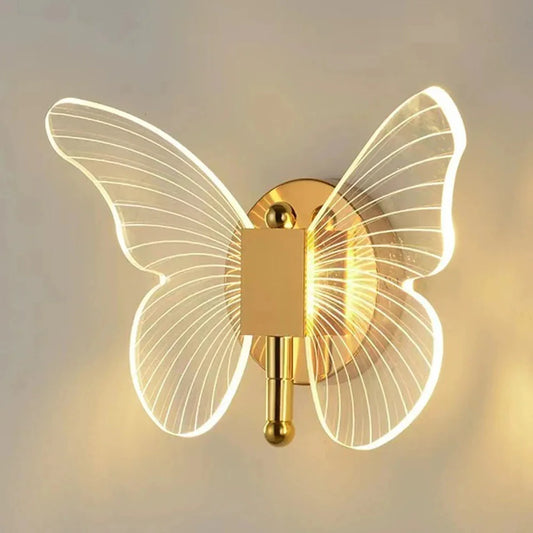

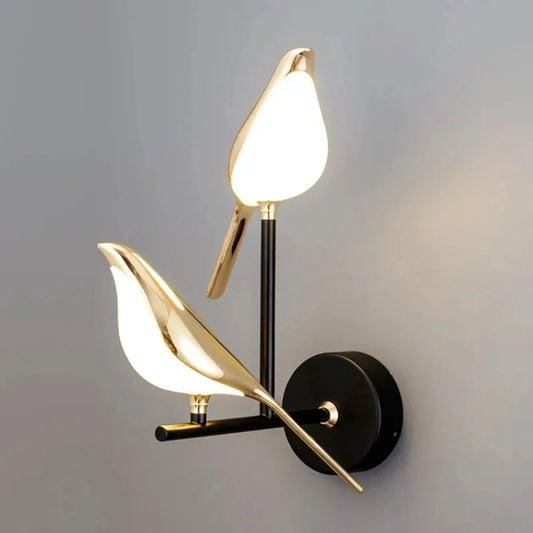

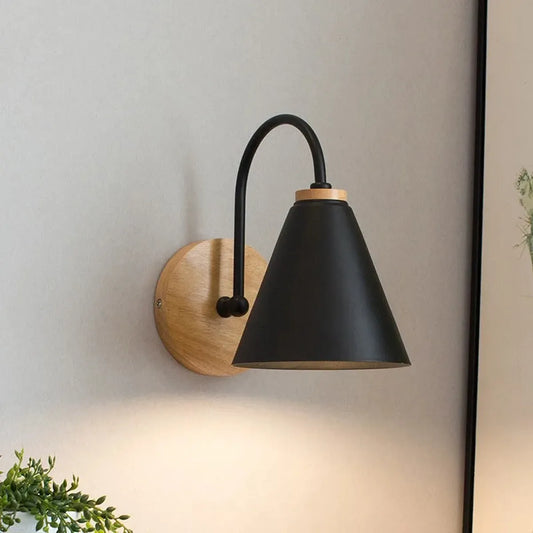

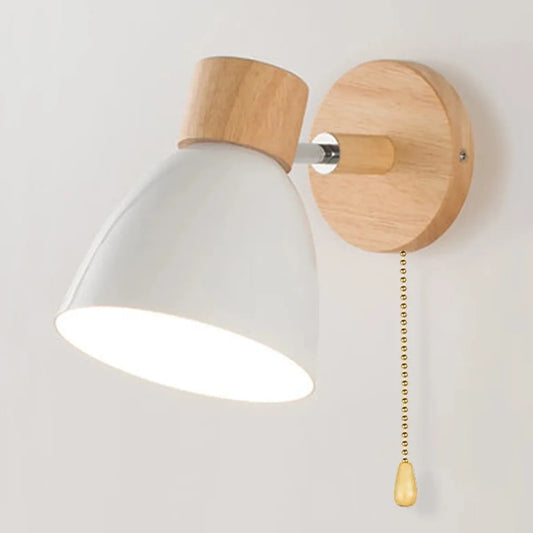



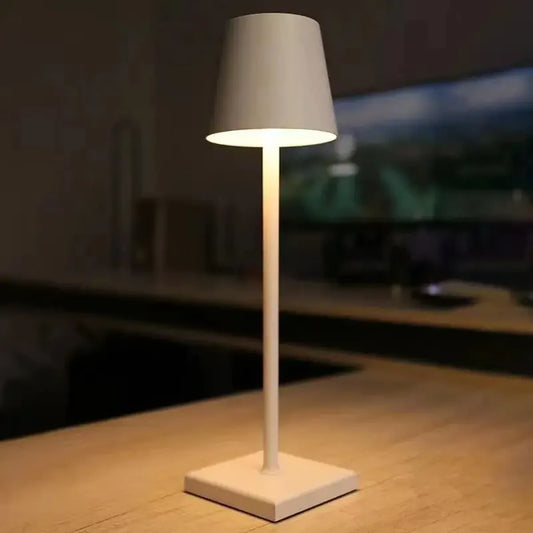

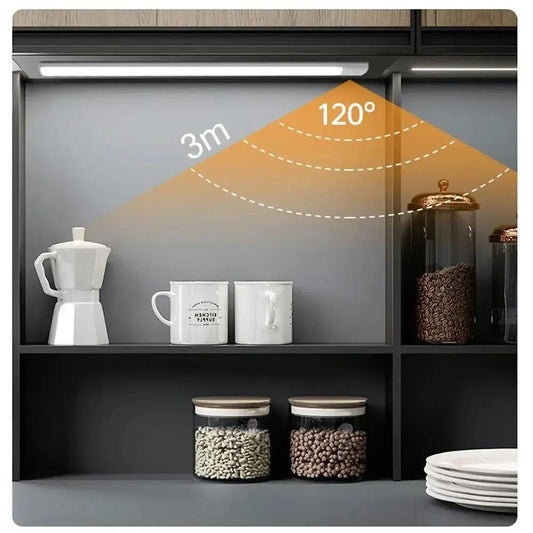

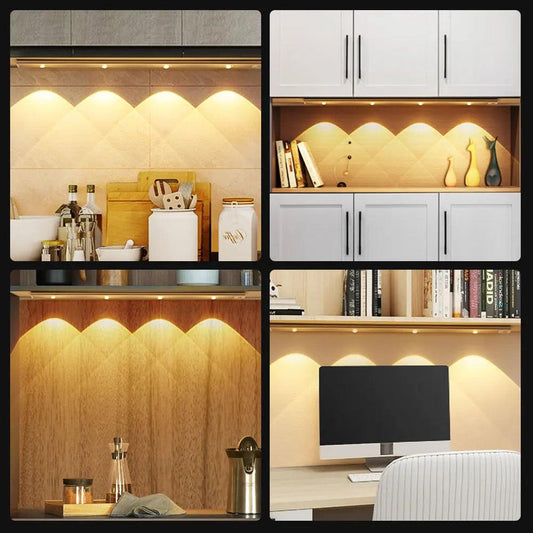

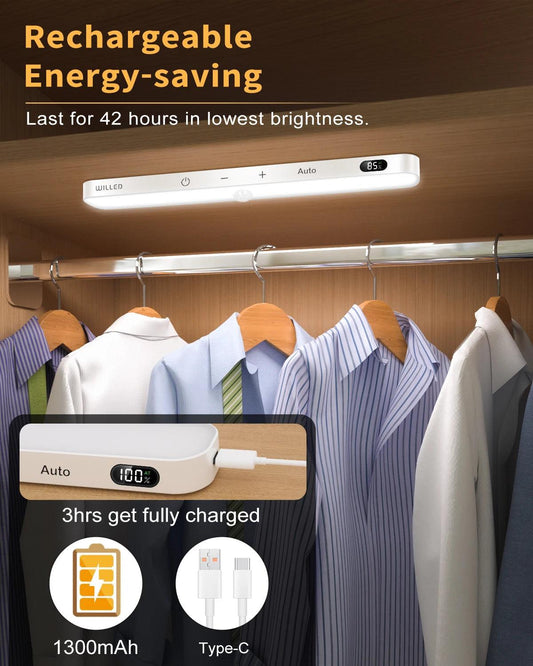

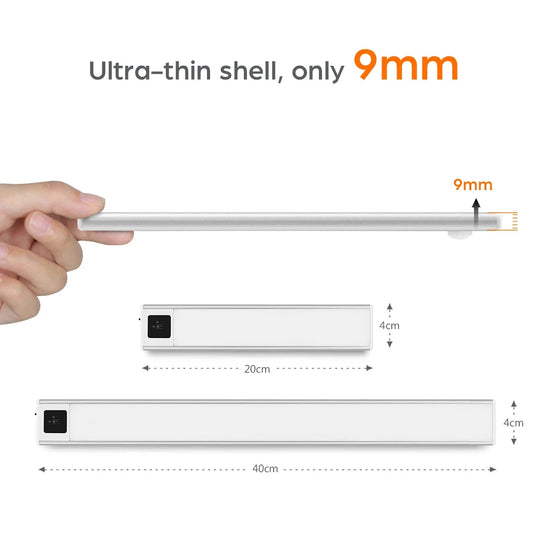

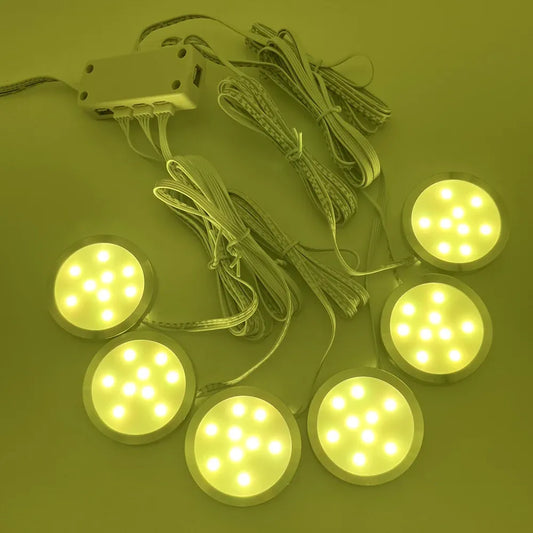

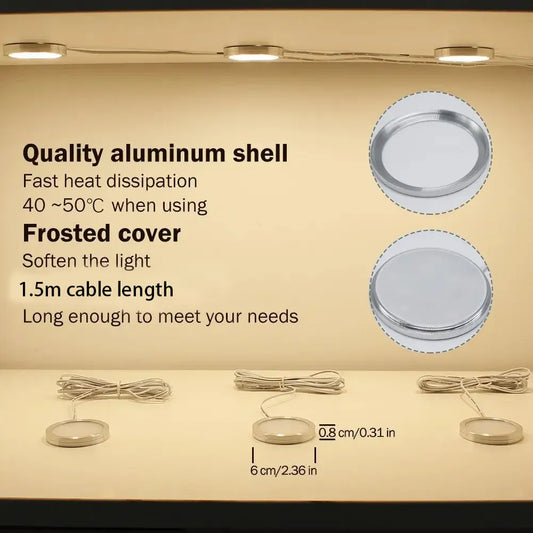



 />
/>
 />
/>
 />
/>
 />
/>
 />
/>